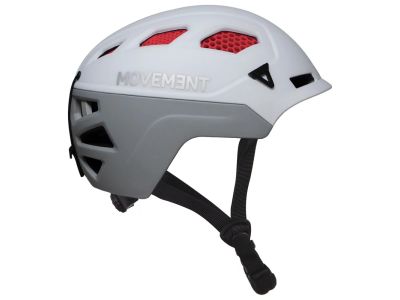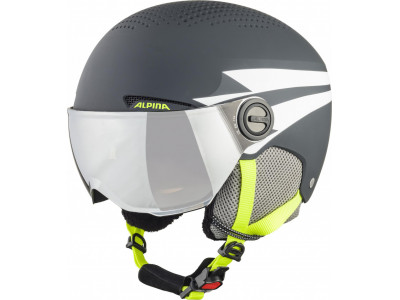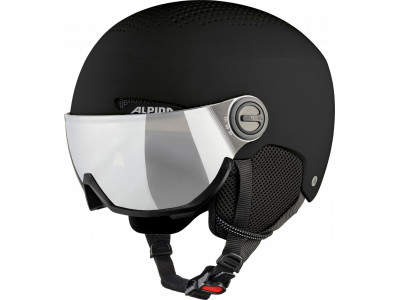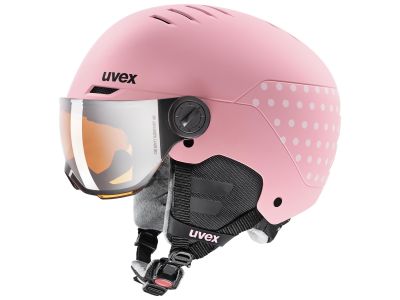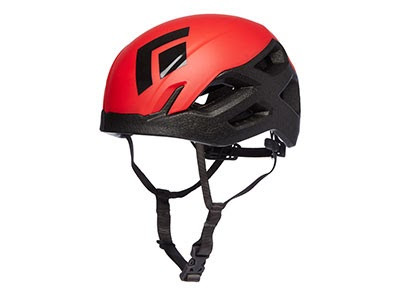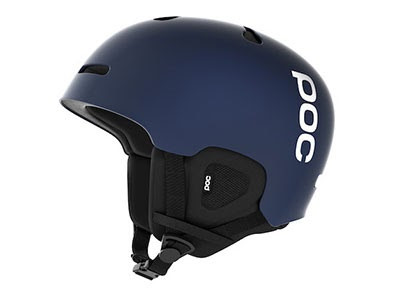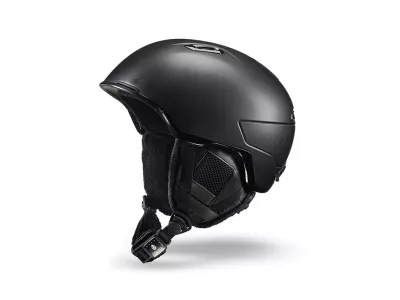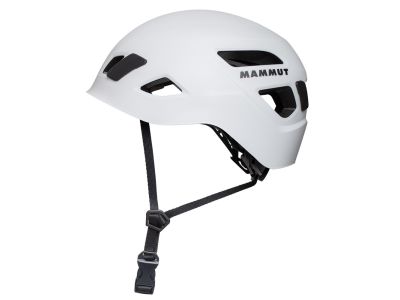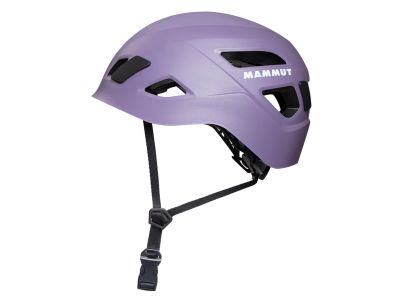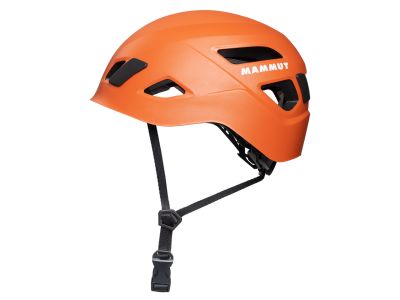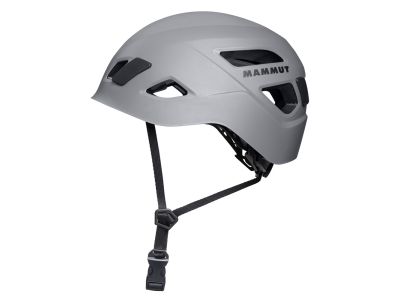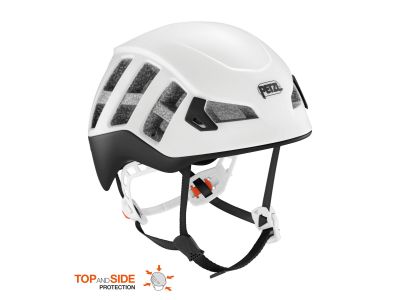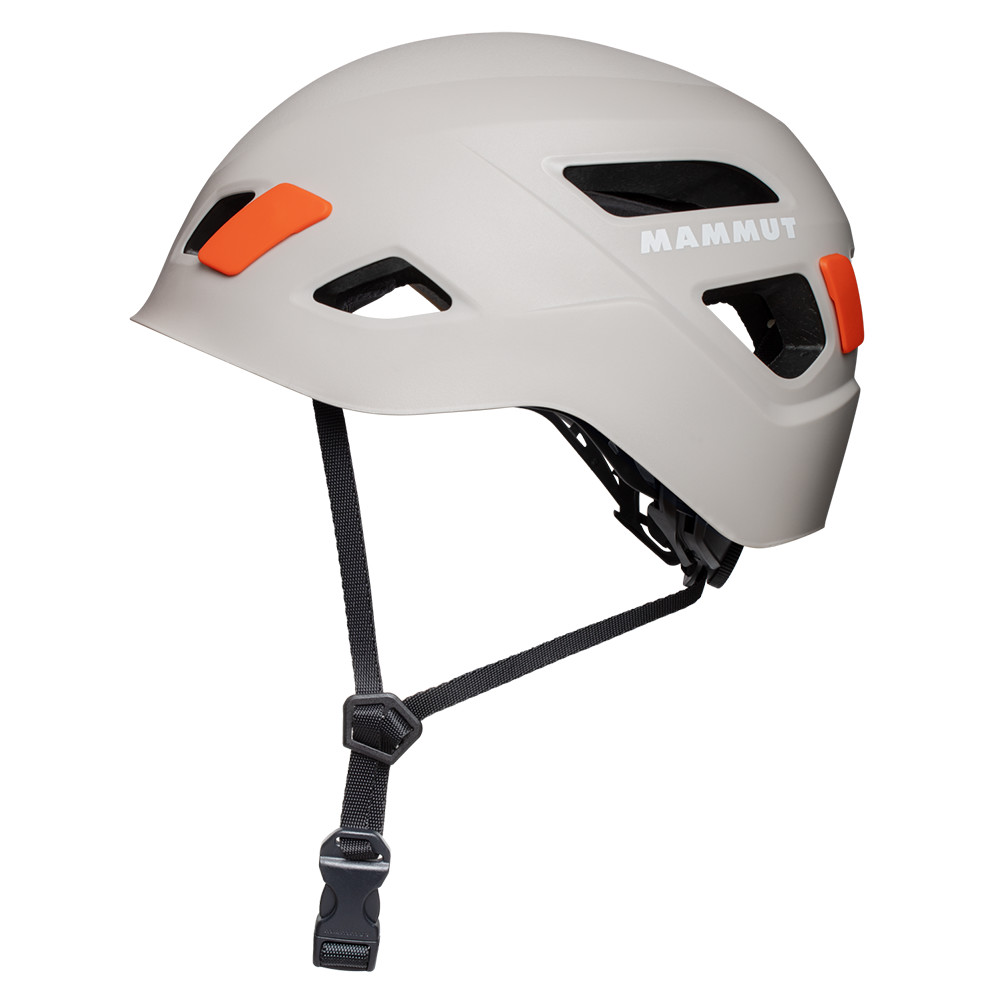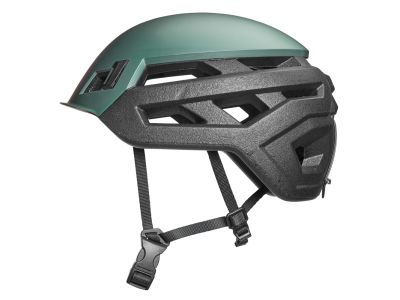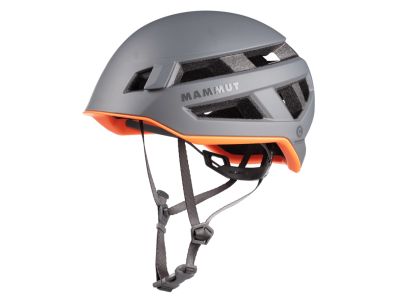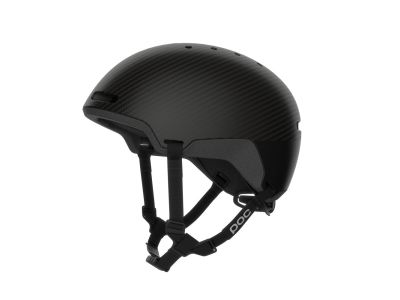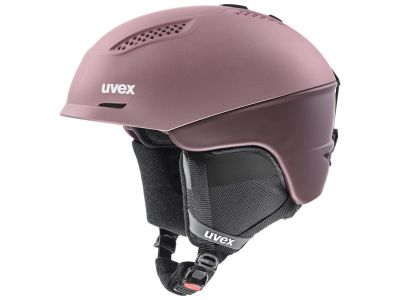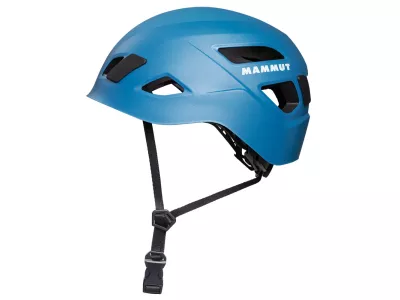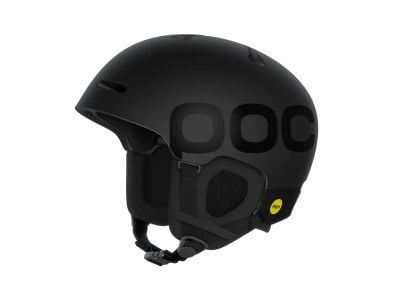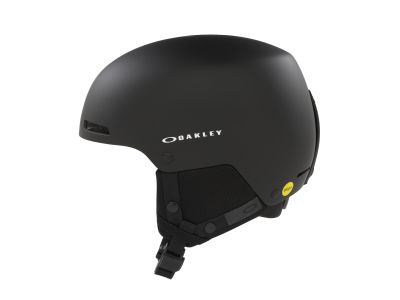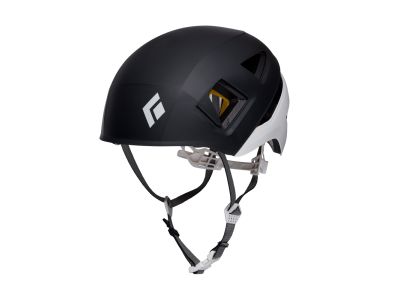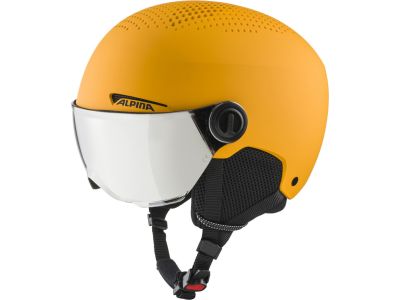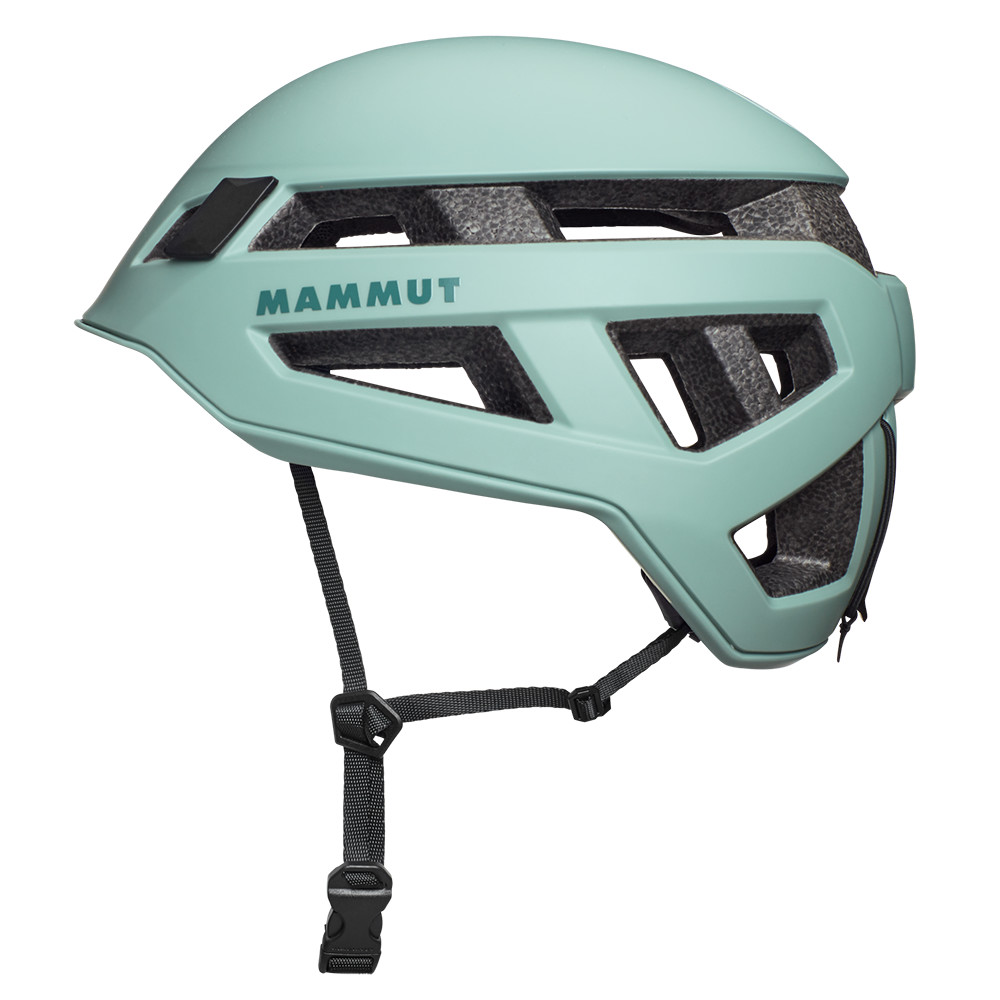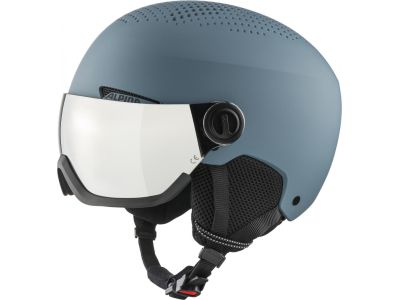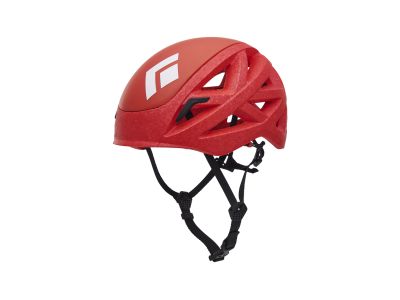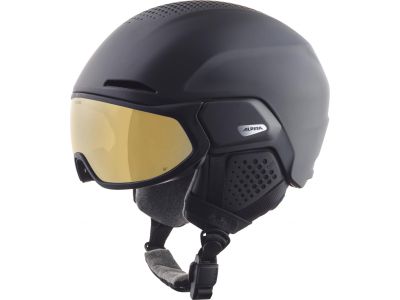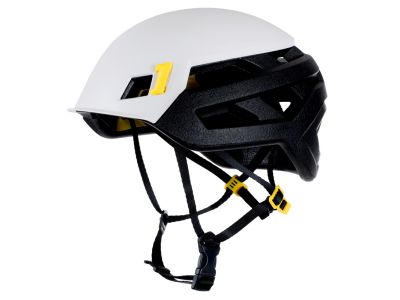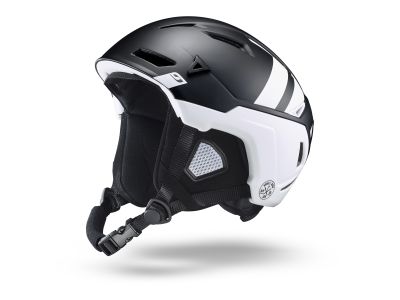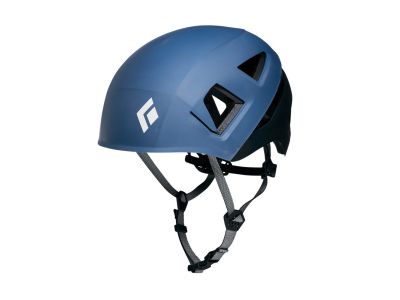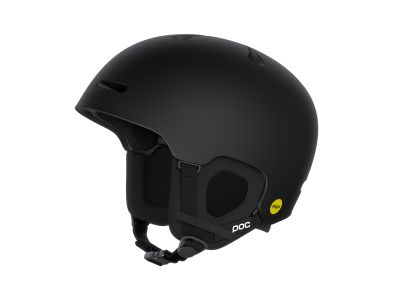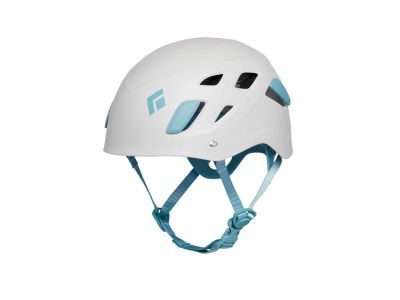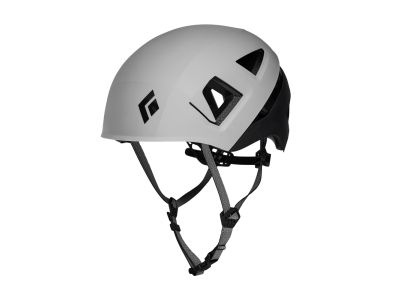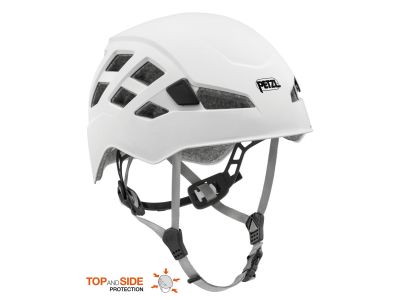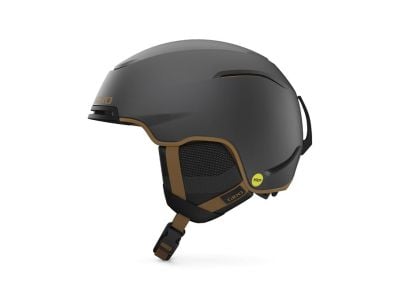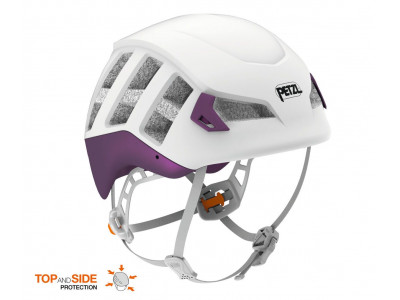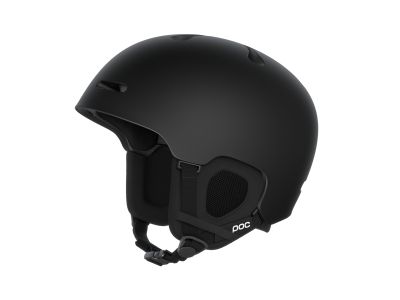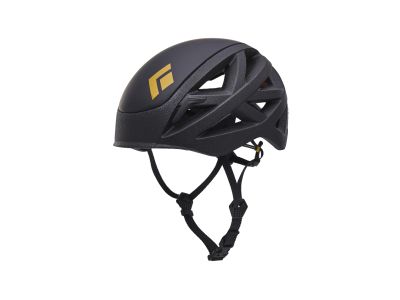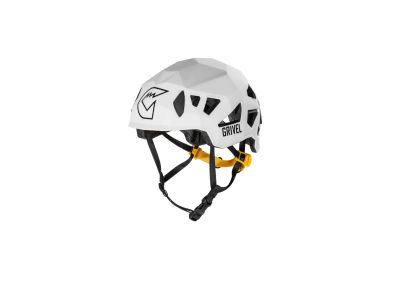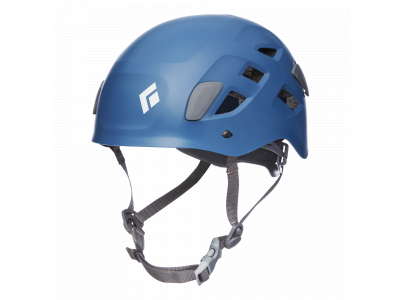A helmet is an important investment. The most common head injuries in outdoor sports are injuries caused by falling objects, such as rocks - over which a person has little influence. There are several types of helmets depending on the activity they are intended for. Outdoor helmets are mainly made for the following activities:
- Via Ferrata helmet: These helmets are typically lightweight and durable, designed to protect against impacts from falling rocks or debris. They often have a hard outer shell and shock-absorbing foam lining. They come with adjustable straps and ventilation for comfort while climbing.
- Skimo helmet: Ski mountaineering helmets are lightweight but sturdy, with good ventilation to prevent overheating during ascents. They typically have adjustable vents and are compatible with ski goggles. These helmets are designed for back country skiing. They provide protection from impacts, falls, or avalanches.
- Climbing helmet: Climbing helmets are essential for mountaineering and ice climbing, where there is a high risk of falling rocks and ice. They are designed to provide maximum protection while being comfortable to wear for long periods of time. Climbing helmets are usually more robust and durable, with extended coverage to protect the sides and back of the head.
- Ski helmet: Ski helmets are lightweight but sturdy, with a hard outer shell and a shock-absorbing foam liner. They often have adjustable vents, removable earmuffs, and are compatible with ski goggles. Ski helmets are essential for downhill skiing and snowboarding, providing protection from falls and impacts on the slopes. They come in a variety of styles and designs to suit different preferences and conditions.
Each type of helmet is designed with specific features and materials to meet the demands of different outdoor activities. By choosing a helmet that is in line with the requirements of your chosen activity, you can ensure optimal protection and comfort while enjoying your adventures in nature.
Do helmets provide protection against concussions?
Although helmets are designed to reduce the risk of head injury, they may not prevent concussions in all situations. It is important to use proper technique and judgment to minimize the risk of head injury during outdoor activities.
Are there specific care instructions for outdoor helmets?
It is important to follow the care instructions provided by the manufacturer, which may include cleaning the helmet with mild soap and water, avoiding exposure to extreme temperatures, and storing the helmet in a cool, dry place.
Are all helmets suitable for multiple outdoor activities?
While some helmets are universal and can be used for a variety of activities, for optimal protection and performance, it's best to choose a helmet specifically designed for the activity you'll be doing.
Can I wear a scarf under my helmet to keep me warmer?
It is generally not recommended to wear additional layers under a helmet as this can affect the fit and safety of the helmet. Instead, look for helmets with padding or inserts that will provide you with more warmth.
